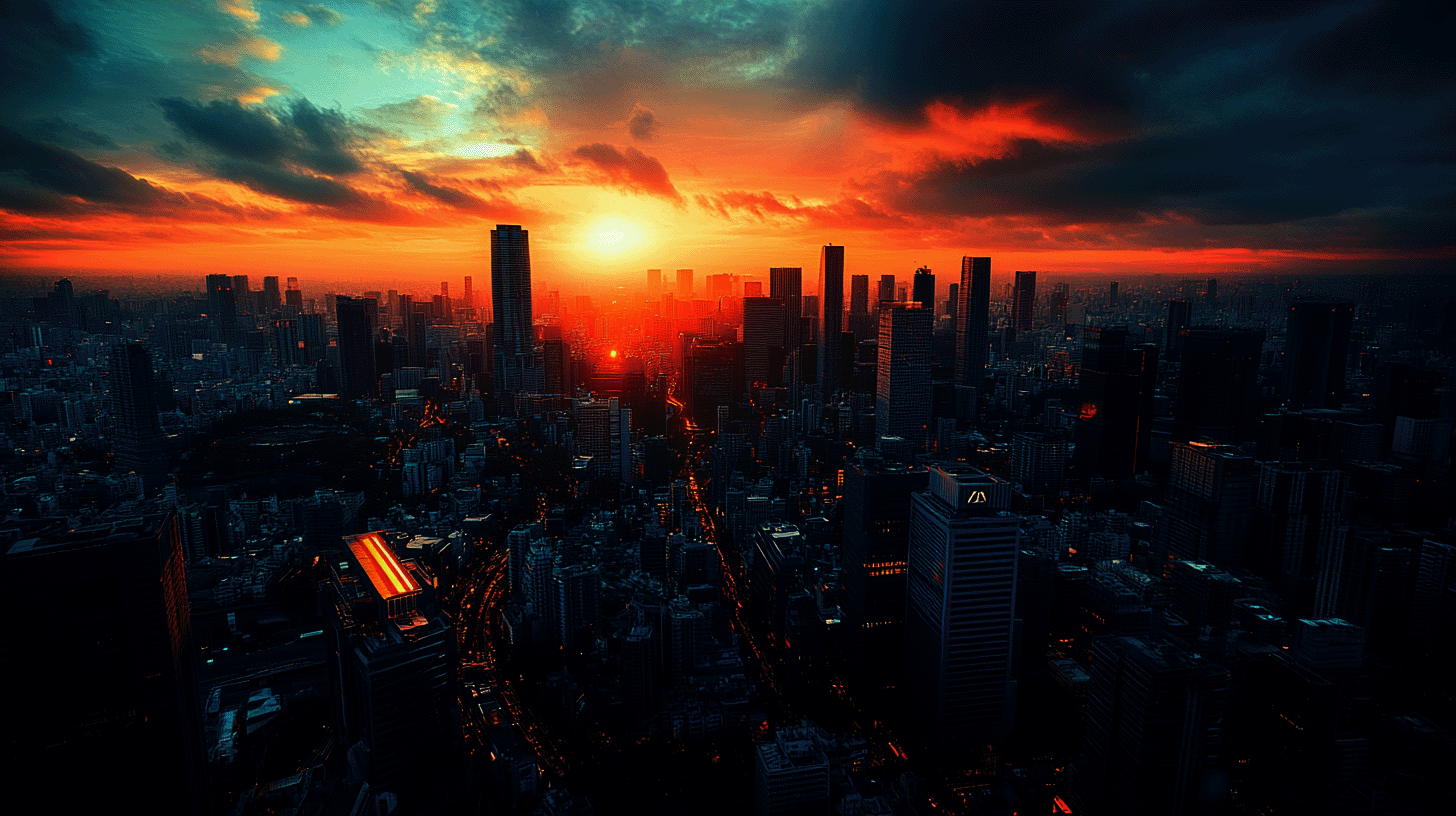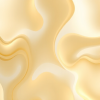Key Metrics: Sharpness, Clarity, Resolution
- 5 minutes read - 950 words
Table of Contents
In the rapidly evolving field of image processing and AI-generated content, understanding the key metrics of image quality is crucial. Sharpness, clarity, and resolution are fundamental aspects that significantly impact the visual appeal and technical soundness of images. This blog post aims to provide a comprehensive overview of these concepts, their practical applications, and how to assess them using Python libraries.
What are Sharpness, Clarity, and Resolution?
Clarity
Clarity is a critical aspect of image quality, especially in AI-generated art. It encompasses the overall visual coherence and the absence of noise or distortions. As AI image generation continues to advance, clarity will remain a crucial factor in determining the aesthetic appeal and impact of generated images. Artists can leverage insights into clarity to create visually stunning AI art by prioritizing clarity in prompts and selecting appropriate engines.
Sharpness
Sharpness refers to the level of detail and definition in an image. It is a measure of how well the edges and fine details are captured. In AI-generated content, achieving high sharpness is essential for creating realistic and visually appealing images. While AI engines have made significant strides in this area, there is still room for improvement. By addressing the contributing factors and implementing enhancement strategies, AI engines can produce images that are not only aesthetically pleasing but also technically sound.
Resolution
Resolution refers to the number of pixels in an image and is a crucial aspect of AI image generation. It significantly impacts the overall quality and aesthetic appeal of the final output. While some AI engines excel in producing high-resolution images, others struggle to achieve the same level of detail. As AI technology continues to advance, we can expect further improvements in resolution capabilities, leading to even more stunning and realistic AI-generated art.
Practical examples using sharpness
Sharpness
Images with high sharpness are often illustrations.
Images with low sharpness often have some artistic properties, like if they are hiding something.
Clarity
Similar to high sharpness , images with high clarity are often illustrations.
Like images with low sharpness , like images with low clarity tend have some artistic traits.
Resolution
Images with high resolution are often illustrations. However, compared to high sharpness and high clarity the images with high resolution are more divers.
Comparing low resolution images with low sharpness and low sharpness , low resolution images appear to be more divers.
Practical Applications of Sharpness, Clarity, and Resolution
Python Libraries for Image Quality Assessment
NumPy
NumPy is a popular Python library for numerical computing. It provides various mathematical functions and data structures, making it an excellent choice for image-processing tasks.
OpenCV
OpenCV is a powerful open-source computer vision library with numerous image-processing functions. It can read, write, and manipulate images in various formats, making it an ideal choice for entropy calculation.
SciPy
SciPy is a Python scientific computing package based on NumPy. It adds image processing capability, such as functions for computing histograms and entropy.
Pillow
Pillow, also known as the Python Imaging Library (PIL) fork, is a user-friendly library allowing image processing operations in Python. It’s a popular choice for image-related activities like entropy calculation because of its complete range of image-editing functions.
Calculating Image Quality Metrics with Python
To calculate image quality metrics such as sharpness, clarity, and resolution, we can use Python libraries like NumPy, OpenCV, and SciPy. Below is an example of how to analyze these metrics using Python:
import cv2
import numpy as np
import torch
from PIL import Image
def analyze_image_quality(image_path):
_image = cv2.imread(image_path, cv2.IMREAD_GRAYSCALE)
# Sharpness
_laplacian = cv2.Laplacian(_image, cv2.CV_64F)
_sharpness = _laplacian.var()
# Contrast
_contrast = _image.std()
# Clarity (using a simple combination of sharpness and contrast)
_clarity = _sharpness * _contrast
# Resolution (using Sobel operator)
_sobel_x = cv2.Sobel(_image, cv2.CV_64F, 1, 0, ksize=5)
_sobel_y = cv2.Sobel(_image, cv2.CV_64F, 0, 1, ksize=5)
_sobel = np.sqrt(_sobel_x**2 + _sobel_y**2)
_resolution = np.mean(_sobel)
return {
"sharpness": _sharpness,
"clarity": _clarity,
"resolution": _resolution
}This code snippet demonstrates how to calculate sharpness, clarity, and resolution using OpenCV and NumPy. The analyze_image_quality function reads an image, computes the Laplacian variance for sharpness, the standard deviation for contrast, and uses the Sobel operator to estimate resolution. The results are returned as a dictionary containing the quality metrics.
Conclusion
Understanding and assessing image quality metrics such as sharpness, clarity, and resolution are essential for creating high-quality AI-generated content. By leveraging Python libraries like NumPy, OpenCV, and SciPy, we can perform detailed analysis and enhance the visual appeal and technical soundness of images. As AI technology continues to advance, prioritizing these metrics will lead to even more stunning and realistic AI-generated art.
Whether you are an artist, a developer, or a researcher, mastering these concepts will enable you to create visually impactful and technically sound images.
Depening on your needs you can refine your image selection algorithms using sharpness, clarity, and resolution. You could for example combine it with LMM image analysis. Extract style, and select the image with lowest resolution from a set of cinematic image selection to get the most dramatic image.
However, it need some practice and adjustment to fine-tune your image selection algorithms.


